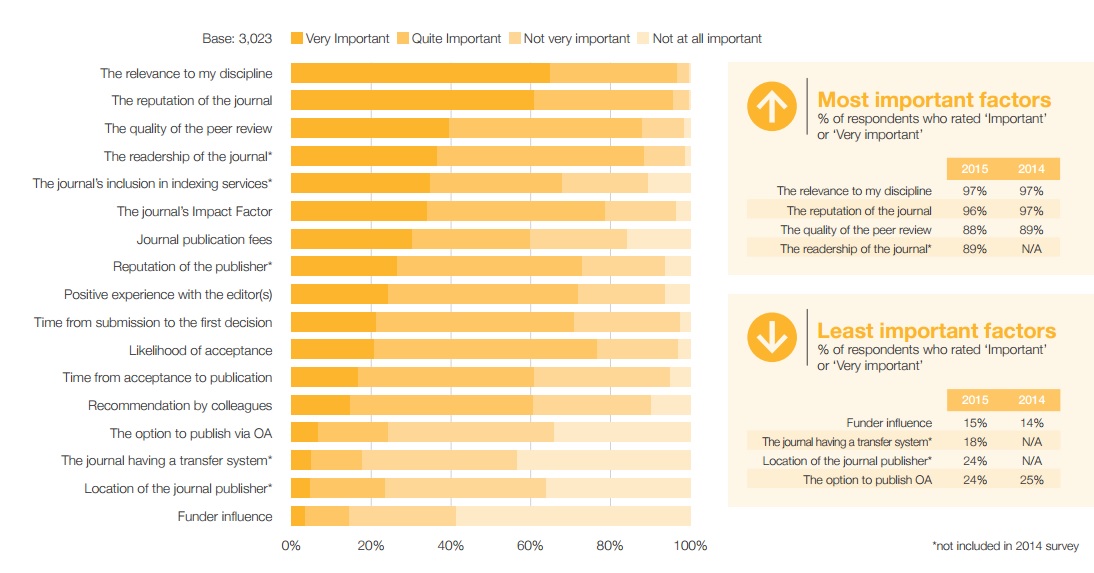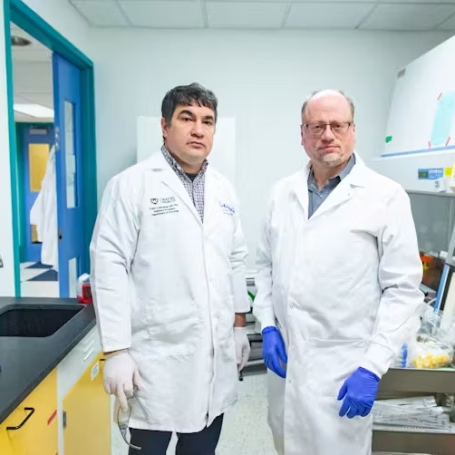 Communication
Communication Survey Finds Scholars’ Perception of OA Improving

Soaking up some of the attention that might otherwise be paid to open access … (Photo: biblioteekje, CC BY-NC-SA)
From Chinese neuroscientists to British sociologists, academics are at the heart of research publishing. Researchers want publishers to understand their (often very different) needs, and this is important to publishers too. Most publishers conduct quantitative and qualitative research for this purpose, but to our knowledge Nature Publishing Group (NPG) and Palgrave Macmillan are the only ones to make the data open access for anyone to examine and interpret.

This article by Dan Penny originally appeared on the LSE Impact of Social Sciences blog as “Author survey data reveals changing perceptions of scholarly communication and wider participation in open access” and is reposted under the Creative Commons license (CC BY 3.0).
Our Author Insights Survey 2015 is the latest iteration of a survey that was originally carried out for internal research purposes. This year, the data includes responses from 22,000 academics, 3,023 of which work in the humanities and social sciences (HSS). For the second year running, the anonymised data from this survey is available on Figshare under a CC BY license, in order to achieve greater understanding between authors, funders and publishers.Some of our main findings included:
The four most important factors for author when choosing where to publish were the reputation of a journal, the relevance of journal content, the quality of peer review and journal readership.
Authors in the HSS disciplines placed more importance on journal readership than Impact Factor. The term ‘author readership’ needs further clarification and investigation, however – does it mean that an author is looking for a journal with a specific and narrow readership, or for a broad, multidisciplinary set of readers? We are aiming to follow up on this.

Click to enlarge ( Source: Nature Publishing Group (2015): Author Insights 2015 survey. figshare. http://dx.doi.org/10.6084/m9.figshare.1425362 CC-BY)
Another factor that was considered of some importance was the reputation of the publisher. This was a surprise, as anecdotally it’s often held that authors don’t even know who the journal publisher is – it’s supposed to be the journal brand that’s important. HSS authors are sometimes thought more sensitive to publisher brands because they are what count for book publishing. For the first time in this survey, we also asked how academics judge reputation. The consistency of quality, and being seen as the best place to publish research, were some of the most popular responses.A decreasing number of authors are concerned about perceptions of the quality of open access publications:
In 2014, 54 percent of HSS academics said that they were “concerned about the perceptions of the quality of OA publications.” But this year, only 41 percent did so. There was a similar drop in the sciences, where open access has been a popular business model for longer; from 40 percent in 2014 to 27 percent in 2015.
The results also show that there are now very few researchers unaware of open access – this wouldn’t have been the case just a few years ago. In HSS, since 2014, the percentage of authors who had not published OA because they were unaware of the model has now dropped from 9 percent to 7 percent, the same proportion as in the natural sciences.

Click to enlarge (Source: Nature Publishing Group (2015): Author Insights 2015 survey. figshare. http://dx.doi.org/10.6084)/m9.figshare.1425362 CC-BY
On the other hand, open access clearly still has an image problem, as perceptions of quality are still the no.1 reason for not publishing OA, and 58 percent of HSS academics still aren’t publishing via open access models. Looking at the demographics, this concern is greatest in North America, and in more senior researchers.
We see quite a big difference in reported OA publication between HSS disciplines.
Forty-seven percent of journal authors in education research reported publishing an OA paper in the last three years, the highest proportion of OA for the HSS disciplines where we received more than 100 responses. By contrast, only 29 percent of politics authors reported publishing OA.
Compared to 2014, there was also a great deal of variance in how much OA publication has grown. Economics saw an increase of 7 percent year on year in authors publishing via OA, whereas fewer culture and media studies authors reported publishing OA in 2015 than did in 2014.
An area where HSS authors differed from natural science authors was in the audience they said they wanted to be aware of their published research.
It is unsurprising that HSS authors were more likely to say that practitioners (e.g. medics, criminologists) were an important audience – around 40 percent said that they were one of the main groups they wanted their research to inform. In comparison, only 22 percent of life scientists said the same.
In addition, around a third of scientists in each of the physical sciences, biology, medicine and earth science all said that funders were also an important audience for their research, whereas only 14 percent of HSS authors said this. This could reflect the role that funders have in the social sciences – in general, for each individual author, the significance of a particular funder is somewhat lower than in the natural sciences.
We’re keen to see other interpretations of the data, and hope it will become a useful resource for those interested in the changing perceptions of scholarly communications.





























































































